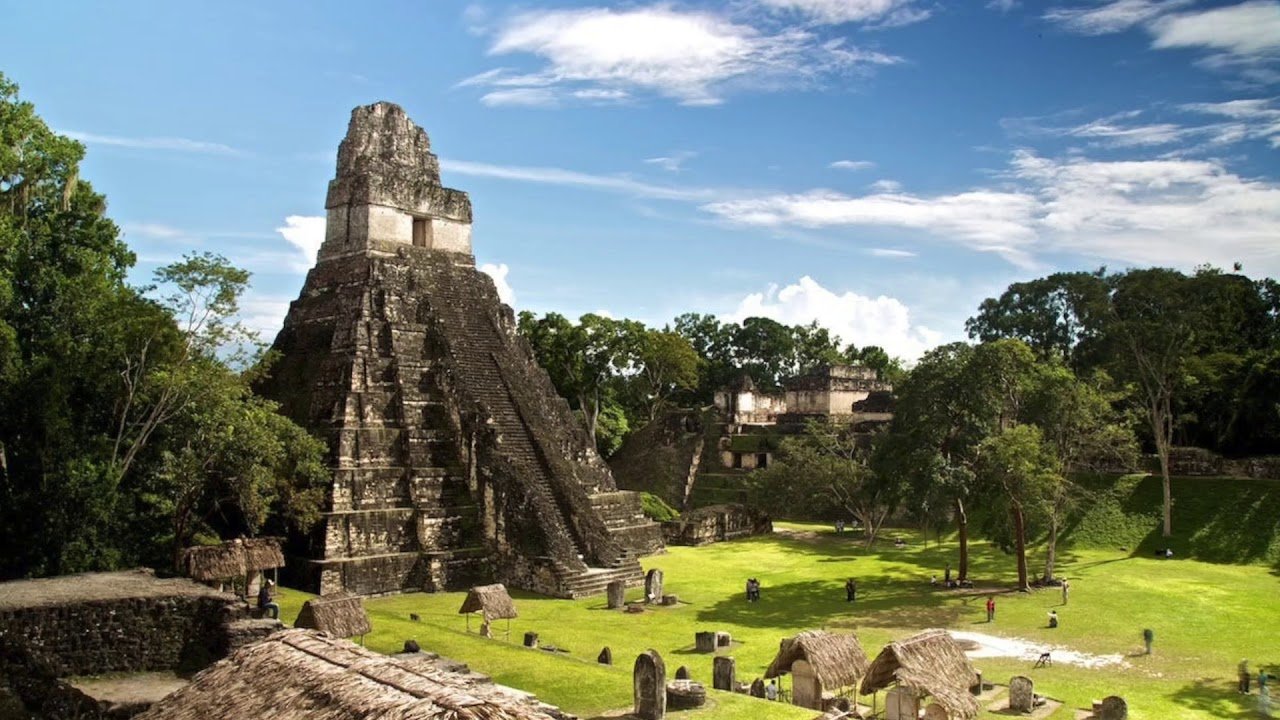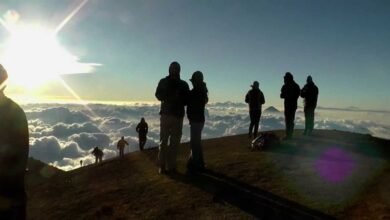Introduction
In the heart of the Guatemalan jungle, the remains of Tikal National Park rise majestically, chronicling tales of a formerly noble Mayan civilization. These remains, scattered across 576 square kilometers, are not just gravestone bones; they are silent substantiations of centuries of history, culture, and invention. Then comes your comprehensive companion on how to explore this UNESCO World Heritage Site.

A Brief History of Tikal National Park
Tikal was one of the most influential megacities and countries of the Mayan civilization between the 6th and 9th centuries. Its strategic position made it important for trade, culture, and politics.
At its peak, it is estimated that Tikal housed over 100,000 inhabitants, influencing regions as far as Teotihuacan in present-day Mexico.
What to Expect: The Architecture and Structures
1. The Great Plaza: The heart of Tikal, this plaza is surrounded by impressive temples and palaces. The North and South Acropolis, bordering the plaza, provide insights into Mayan religious and domestic life.
2. Temple of the Grand Jaguar (Temple I): Standing 47 meters tall, this temple is dedicated to King Jasaw Chan K’awil. The intricate carvings and staircases are testaments to Mayan architectural prowess.
3. Temple of the Masks (Temple II): Located opposite Temple I, it’s slightly shorter but no less impressive. Climbing to the top offers a panoramic view of the surrounding rainforest.
4. Temple IV: The tallest pre-Colombian structure in the Americas at 65 meters, this temple provides a bird’s eye viewpoint of the entire park and beyond.
Navigating Tikal National Park: The Map & Routes
The park is extensive, but there are two primary routes for visitors:

1. The Central Route: Taking you through the Great Plaza, the North and South Acropolis, and the Central Acropolis, this route offers a glimpse into the daily life and ceremonial practices of the Mayans.
2. The Mendez Causeway Route: Leading to Temple IV, the Temple of the Double-Headed Serpent (Temple V), and the Lost World complex, this route delves deeper into Mayan rituals and astronomical studies.
To make the most of your visit, it’s recommended to hire a local guide familiar with the history, architecture, and significance of each structure.
Essential Tips for Visiting Tikal National Park
1. Dress Appropriately: The tropical climate means it can get hot and humid. Light, breathable clothing, sturdy shoes, and a hat are essentials. Remember sunscreen and insect repellent.
2. Stay Hydrated: There are limited facilities inside the park. Ensure you carry enough water and snacks.
3. Respect the Ruins: While many structures can be climbed, always follow posted guidelines to preserve these ancient wonders.
4. Wildlife Watch: Apart from the ruins, the park is home to diverse wildlife like howler monkeys, toucans, and jaguars. Always maintain a safe distance and avoid feeding the animals.
5. Visit Early: Beat the crowds and the midday sun by arriving early. The park opens at 6:00 AM, with sunrise tours offering a magical view of the ruins amidst the morning mist.
Accommodation Near Tikal
For those looking to stay close to the Tikal National Park, the nearby town of Flores offers a range of accommodations. From luxury lodges overlooking the lake to budget-friendly hostels, Flores caters to every traveler. Many establishments also organize tours to Tikal, ensuring a hassle-free experience.

Conclusion
Tikal National Park isn’t just a collection of ancient structures; it’s a journey back in time, a deep dive into one of the most advanced civilizations of its time. From its towering temples to the whispering forests that surround them, Tikal promises an unforgettable experience for history buffs, architecture enthusiasts, and nature lovers alike.


